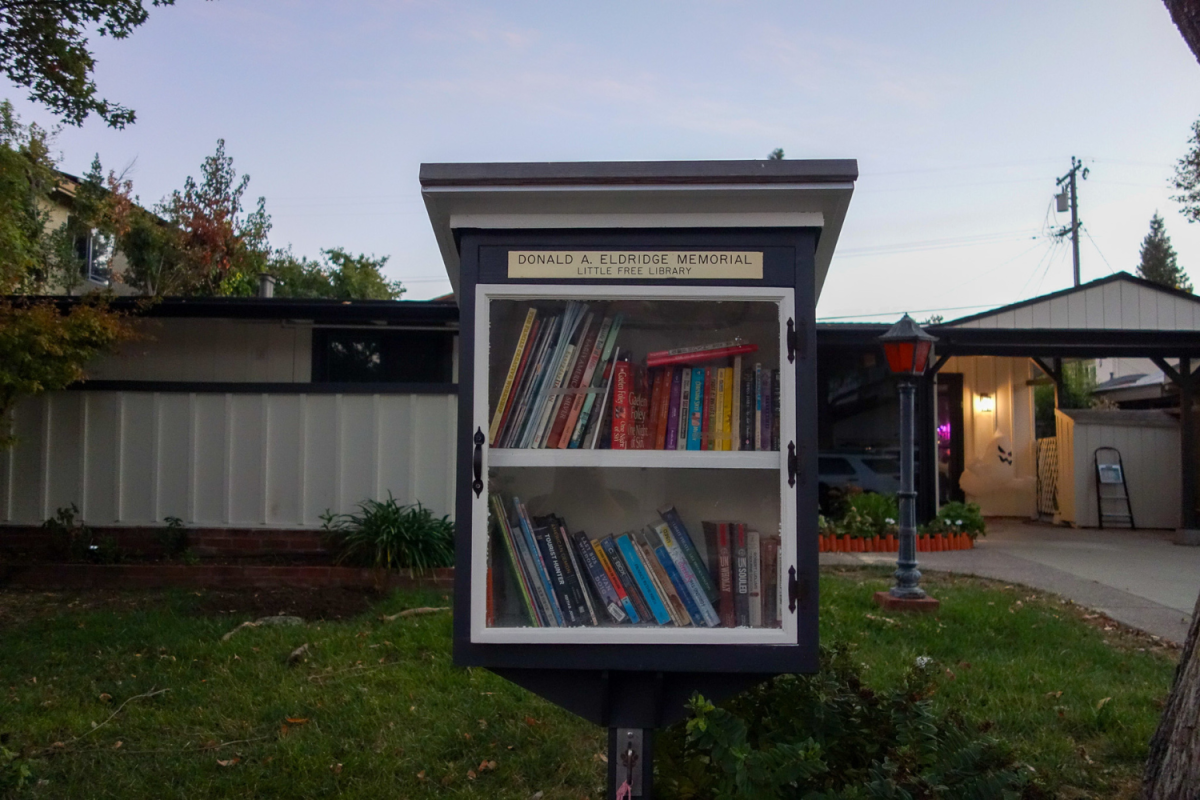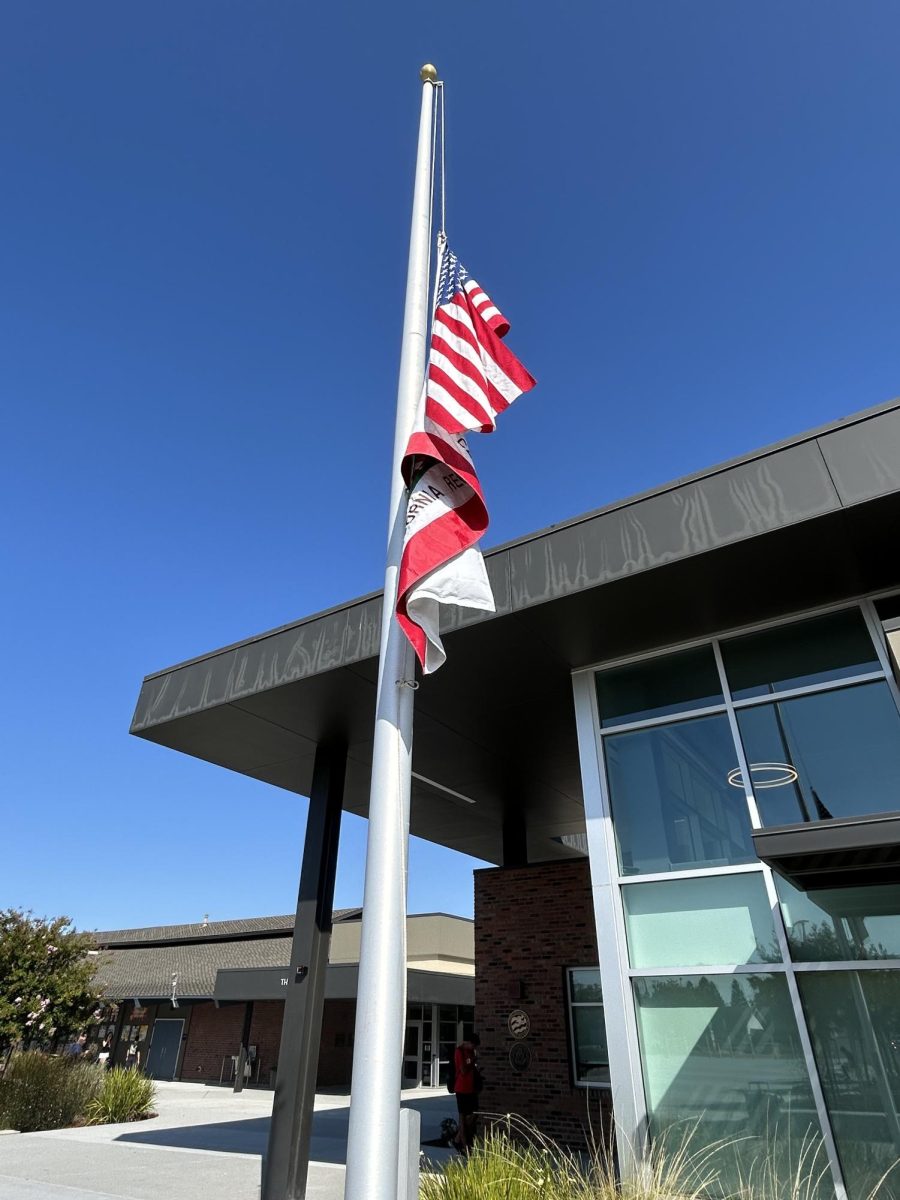In September, California took steps to ban legacy and donor admissions in private non-profit institutions with Assembly Bill 1780 — which will be effective Sept. 1, 2025. But due to widespread inequality, this practice is not widely adopted enough and should be put in place for all institutions across the country.
Historically, legacy admissions — admissions that give priority to relatives of alumni — were first employed at Ivy League institutions with the intention to keep Jewish immigrants out of elite universities. Nowadays, this pervasive phenomenon of social inequality has been deeply normalized. Elite level education institutions and the majority of legacy-admitted students don’t protest against it, and even though a community protesting the system has sprung up, legacy admissions are still heavily enforced.
“Legacy admissions are unfair, and I am against it,” senior Aditi Adapala said. “It doesn’t make any sense to give students merit for something their parents did.”
These admissions put low-income individuals without legacy status at a major disadvantage for possible future economic success because a seat for a legacy student means one less seat for them. As stated in a 2017 research paper by Chetty et.al, “at any given college, students from low- and high-income families have very similar earnings outcomes.” This means that for many low-income students, a seat at that prestigious institution can significantly determine their future economic trajectory.
According to an article from The Brooklyn Rail which states, “almost no poor people have alumni experience at elite universities,” majority of legacy admits come from high-income households. The point is further detailed in an Invincible Voices article which states that given similar SAT scores, students from the wealthiest 1% of households are twice as likely to enroll in prestigious private colleges compared to students with middle-class backgrounds. This system effectively creates a cycle that continually uplifts the wealthy and tramples the poor.
Not only do legacy admissions disproportionately affect low-income students, but also enables corrupt college officials to further any personalized agendas. They fill their pockets with large donations, making it more difficult for less prestigious colleges to receive similar funds. This effectively locks its elite status in place and contributes to the inequitable pattern of rich institutions getting richer and poorer institutions staying poor. Corruption is jarringly reflected in the 2019 Varsity Blues college admission scandal where numerous wealthy parents were discovered to have bribed officials to silence reports of cheating during standardized tests and college coaches to officially recruit their underqualified children as athletes.
The admission system that these institutions rally behind are funded not only by large donations but also by federal money. According to National Institution For Education Statistics, government grants make up 9% of the income for private nonprofit institutions, such as Massachusetts Institute of Technology and Harvard, and 2% of the income for private profit institutions, including the University of Southern California and the University of San Francisco. Governments use taxpayer money to create grants which are then used to support institutions, some of which only provide favored admissions prospects to legacy and high-income households. It perpetuates the issue of economic disparity within our country by taking from the poor and giving to the rich.
Inevitably, supporters of legacy admissions counter that in terms of meritocracy, affirmative action — admission that takes in consideration one’s racial identity — and legacy admissions are both unethical. Even though affirmative action has been removed from all admissions systems, it is an argument critics use to draw attention away from the fundamentally troubling ethics of legacy admissions.
The only flaw in this logic is that legacy admits and affirmative action admits often come from exceedingly opposite sides of the socio-economic spectrum. In other words, affirmative action and legacy admission are by no means comparable in the debate of fairness. A large majority of affirmative action students are racial minorities that come from low-income backgrounds. They are often under-resourced, lacking the tools they need to build a solid application, therefore implementing affirmative action in the admission system can be an ethically sound decision.
In contrast, many legacy students are provided with an extensive arsenal of resources, tutoring and the opportunity to engage in prestigious levels of education from a young age, giving them an advantage when applications roll around.
“On the East Coast, there are many private schools that seem to have a more direct admission path to these top universities,” school counselor Malissa Goldstein said. “They have access to programs and connections that a lot of good, hard-working middle-class students don’t have.”
There is also a perception that these students would have been admitted to the university regardless of their legacy status because their achievements and merit alone often surpass that of other students. However, many legacy students are admitted to universities despite not meeting minimum admissions requirements. According to Insider Higher Edu, Pepperdine University, University of Southern California and Vanguard University are examples of universities who give legacy applicants an unjust advantage.
The effects of AB 1780 on the admissions system have yet to be seen within private California universities. However, if it is successful in mitigating instances of unjust legacy admissions and increasing equality for lower- or middle-income families, the rest of the states should follow suit and enforce it as well.
“I think the only way to fix unfairness in admissions is to completely abolish legacy admissions as a practice,” Adapala said.






































































